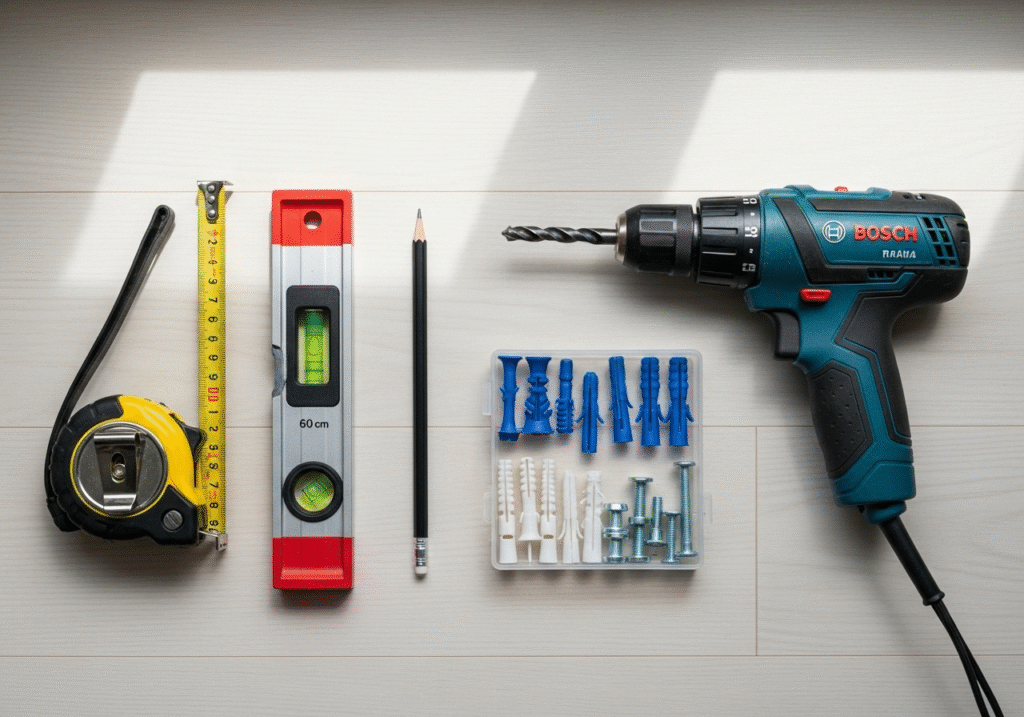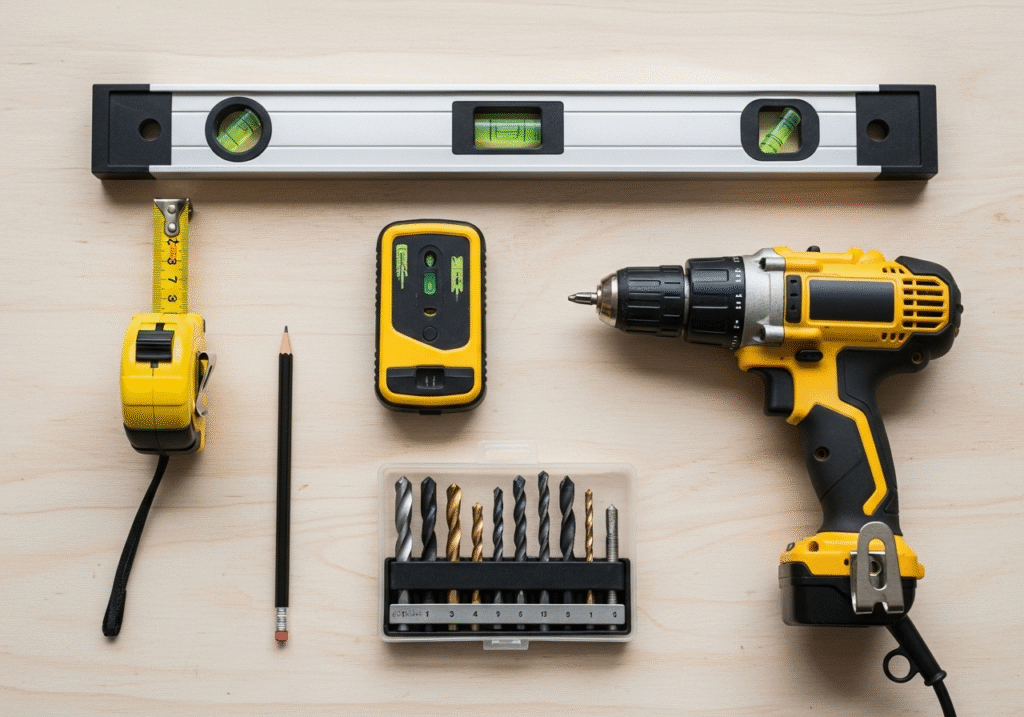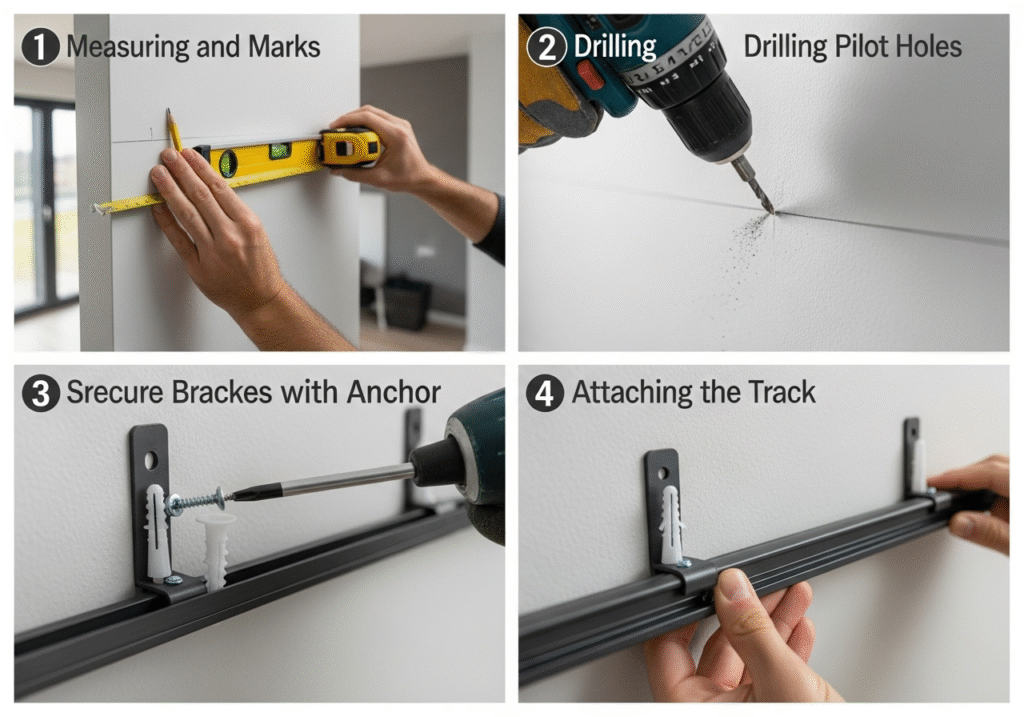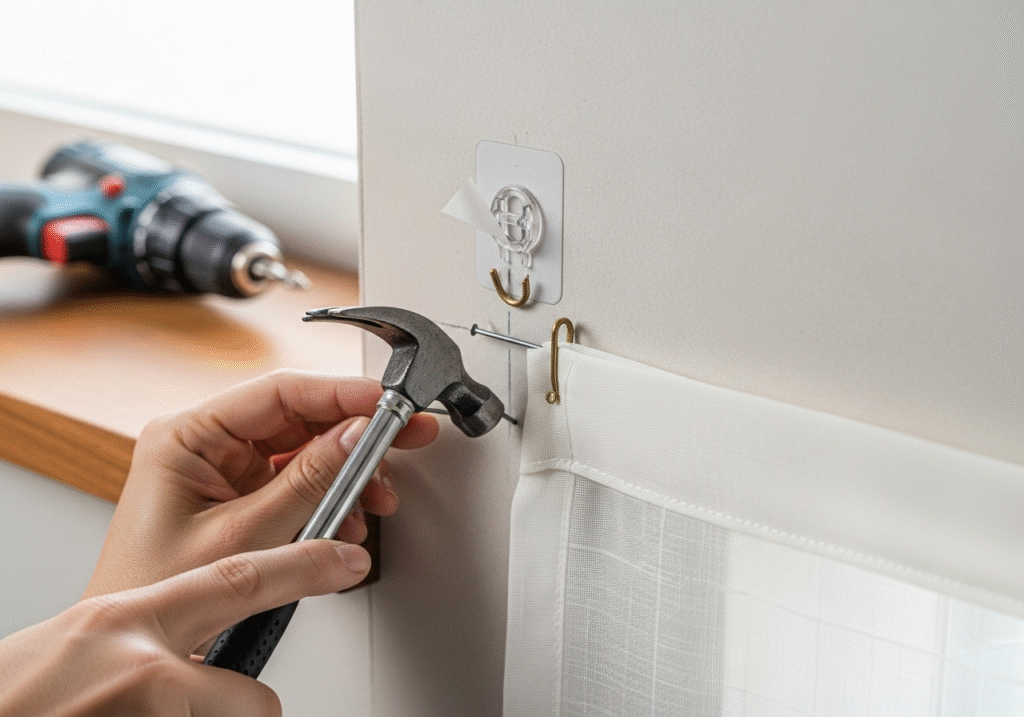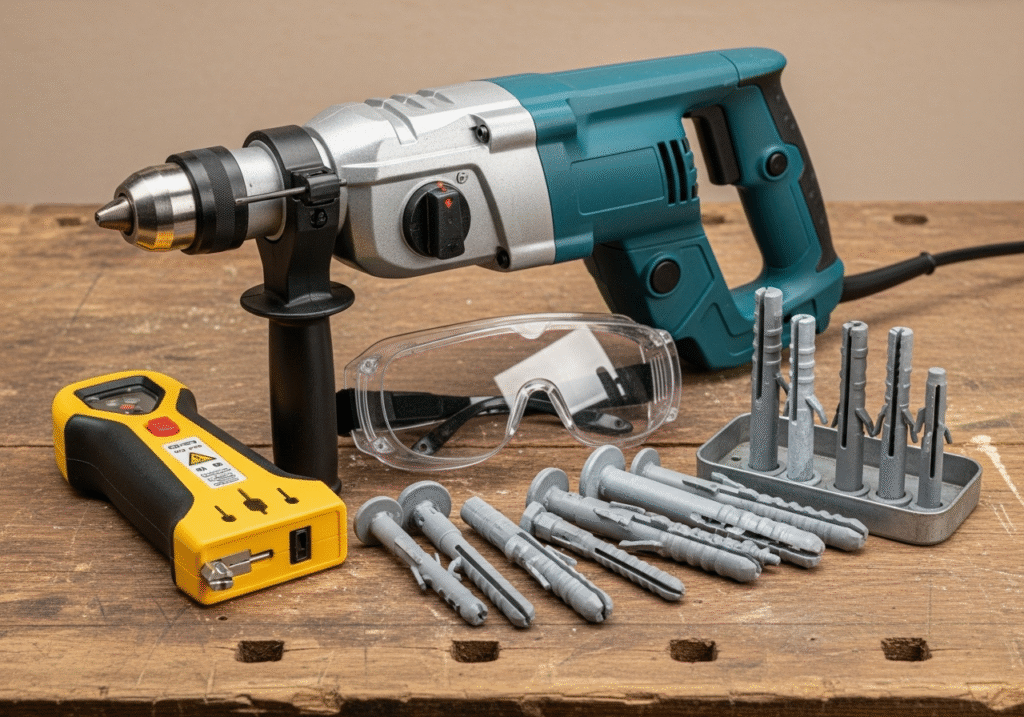What Tools Are Needed for Curtain Track Installation?

Starting a project only to find you're missing a key tool is frustrating. It leads to delays and a job that's not quite right. Having the right tools on hand is essential.
The essential tools for curtain track installation are a tape measure, a level, a pencil, a power drill with appropriate bits, and the correct wall anchors for your wall type. These guarantee an accurate, secure, and professional result.
When I was learning my craft on the factory floor, I saw how a high-quality curtain track could be let down by a poor installation. The difference almost always came down to the tools. A professional job looks effortless because the installer was prepared. They had the right tools for the wall, the track, and the job. I always tell my partners, like Matt, to think about installation from the very beginning. The tools you choose are just as important as the track you buy. Let’s break down exactly what you need.
What Tools Are Needed to Install Curtain Tracks by Yourself?
Thinking about doing the installation yourself? Starting without the right toolkit can turn a simple task into a frustrating chore with a messy result. Preparation is everything.
For a DIY installation, you need a core set of tools: a tape measure, a sturdy level, a pencil, a power drill, and assorted drill bits. A stud finder is also highly recommended.
A successful DIY project starts with the right toolkit. You don’t need a truck full of equipment, but a few essential items are non-negotiable. I've seen homeowners try to "eyeball" the level, and it never ends well. Precision is key, and your tools provide that precision.
The Core DIY Toolkit
Your basic kit must include a quality tape measure for accurate lengths, a spirit or laser level to ensure the track isn't crooked, and a sharp pencil for clear markings. The most important tool is a reliable power drill. It makes drilling clean holes easy and drives screws with consistent force. Without it, you are making the job much harder and less secure.
Tools That Make the Job Easier
While you can get by with the basics, a few extra tools make a huge difference. A stud finder is a must-have for drywall. It helps you locate the wooden studs behind the wall, which are the most secure points to anchor your brackets. For long tracks, a laser level is much faster and more accurate than a traditional spirit level. Finally, a small hacksaw is useful if your track is made of aluminum and needs to be cut to a custom length.
| Tool | Purpose | My Pro-Tip |
|---|---|---|
| Power Drill | Drilling holes, driving screws | A cordless drill offers more flexibility. |
| Level | Ensuring the track is horizontal | For long spans, use a laser level. |
| Stud Finder | Locating studs in drywall | Always double-check your marks. |
| Hacksaw | Cutting the track to size | Use a fine-toothed blade for a clean cut on aluminum. |
What Tools Are Needed and How Are Curtain Tracks Installed?
You have your tools ready, but what is the exact process? A wrong step can mean drilling extra holes in the wall. A clear method ensures a perfect installation the first time.
The process is simple: Measure and mark the track's position with a tape measure and level. Use a drill to make pilot holes. Secure the brackets with anchors, then attach the track.
With the right tools in hand, the installation process becomes a simple, methodical task. I always tell my team to follow the same steps every time to ensure consistency and quality. It’s a "measure twice, drill once" philosophy.
Step 1: Measure and Mark Precisely
Use your tape measure to determine the correct height and centering for the track1. A good rule is to extend the track1 15-30cm past the window frame on each side. Once you've decided on the position, use your level and pencil to draw a faint, perfectly horizontal line where the top of the brackets2 will go. Along this line, mark the exact spot for each screw hole. This guide line is your most important reference.
Step 2: Drill and Anchor Securely
Now, take your power drill. Choose a drill bit that is slightly smaller than the screw diameter for wood, or the correct size for your wall anchor. Drill your pilot holes at the marks you made. If you are not drilling into a solid wood stud, insert the appropriate wall anchor now. You might need a hammer to gently tap the anchor until it is flush with the wall. This step is what gives your installation its strength.
Step 3: Attach Hardware and Test
With your anchors in place, position the brackets and use your drill or a screwdriver to drive the screws in until they are tight. Attach the track to the brackets. Finally, slide the gliders into the track3 and attach the end caps. Always test the system by pulling the gliders back and forth4 to ensure a smooth, easy motion.
Can You Install Curtains Without a Power Drill?
You don't have a power drill, but you want to hang some curtains. While not recommended for most situations, it is sometimes possible if the curtains are extremely light.
Yes, you can install very light curtains on soft walls like drywall using a hammer and small nails or heavy-duty adhesive hooks. However, a drill is absolutely essential for security and heavier loads.
I get this question sometimes, and my answer is always cautious. In my professional opinion, a drill is a fundamental tool for this job. However, I understand that sometimes you just need a quick solution for a very light window treatment, like a sheer kitchen curtain. In these limited cases, you have a couple of options, but you must understand their limitations.
The Hammer and Nail Method
This is an old-school technique. It only works if you are mounting a very lightweight plastic track or rod directly into a wooden window frame or into drywall where you can't see the nail holes. You use a hammer and thin nails. The holding power is minimal, and it's very easy to damage the wall or bend the nails. This is not a proper solution for any curtain with significant weight.
Using Adhesive Solutions
Modern adhesives are strong, but they have their limits. You can find heavy-duty adhesive hooks or strips designed to hold curtain rods. The key to success here is surface preparation. The wall must be perfectly clean and dry. You must also strictly follow the weight limits printed on the package. These are best used for temporary situations or for curtains that will rarely be opened and closed. They are not a durable, long-term solution and can fail in humid conditions or with temperature changes. A drill and screw provide a mechanical bond that is far superior.
How Do You Install a Curtain Track on a Ceiling?
Mounting a track on the ceiling creates a modern, floor-to-ceiling look. But drilling straight up feels risky. Using the right tools and techniques makes it safe and very secure.
For a ceiling installation, you need a powerful drill, a stud finder to locate joists, the correct anchors (toggle bolts or concrete anchors), and safety goggles. Finding a solid anchor point is critical.
Ceiling-mounted tracks are a fantastic solution for creating room dividers or achieving a dramatic, full-height curtain effect. However, gravity is not your friend here, so the installation must be perfect. The tools and techniques are slightly different from a wall mount.
Finding a Secure Anchor Point
This is the most important step. Use an electronic stud finder to locate the ceiling joists. These wooden beams are the strongest part of your ceiling. Whenever possible, plan to screw your brackets directly into the center of a joist. If the joist locations don't align with your desired track position, you must use high-strength drywall anchors. Standard plastic plugs are not safe for ceiling applications. You must use toggle bolts, which open up behind the drywall to distribute the load over a wide area.
Special Tools for Ceiling Work
You'll need a sturdy stepladder, and safety goggles are non-negotiable. Drilling into a ceiling creates a lot of dust and debris that falls directly downward. If you are drilling into a concrete ceiling, you will need a hammer drill and a masonry bit. These tools are designed to drill into very hard materials. Always make sure your anchors are rated for the combined weight of your track and your curtains.
| Ceiling Type | Required Anchor | Key Tools |
|---|---|---|
| Drywall (into joist) | Wood Screws | Stud Finder, Power Drill |
| Drywall (no joist) | Toggle Bolts | Power Drill, Safety Goggles |
| Concrete | Sleeve Anchors | Hammer Drill, Masonry Bit, Safety Goggles |
Conclusion
The success of your curtain track installation depends on your tools. Having the right measure, level, drill, and anchors for the specific job ensures a secure, smooth, and professional result.
Related:
-
Explore this link to learn the best practices for installing curtain tracks, ensuring a perfect fit and functionality. ↩ ↩
-
This resource will help you understand how to select the appropriate brackets for your curtains, enhancing both style and support. ↩
-
Learn the best techniques for sliding gliders into the track to ensure optimal performance and ease of use. ↩
-
Discover effective methods to test your system, ensuring it operates smoothly and efficiently. ↩
